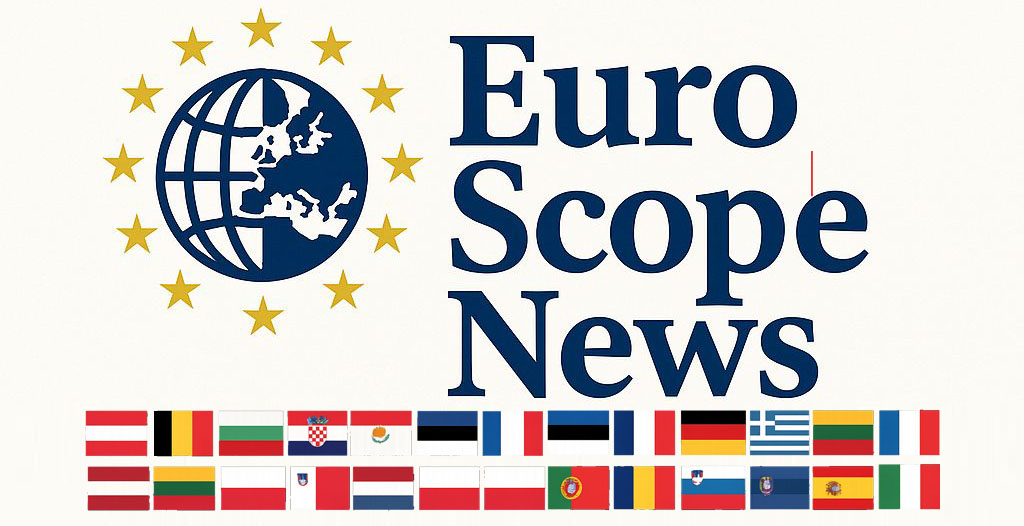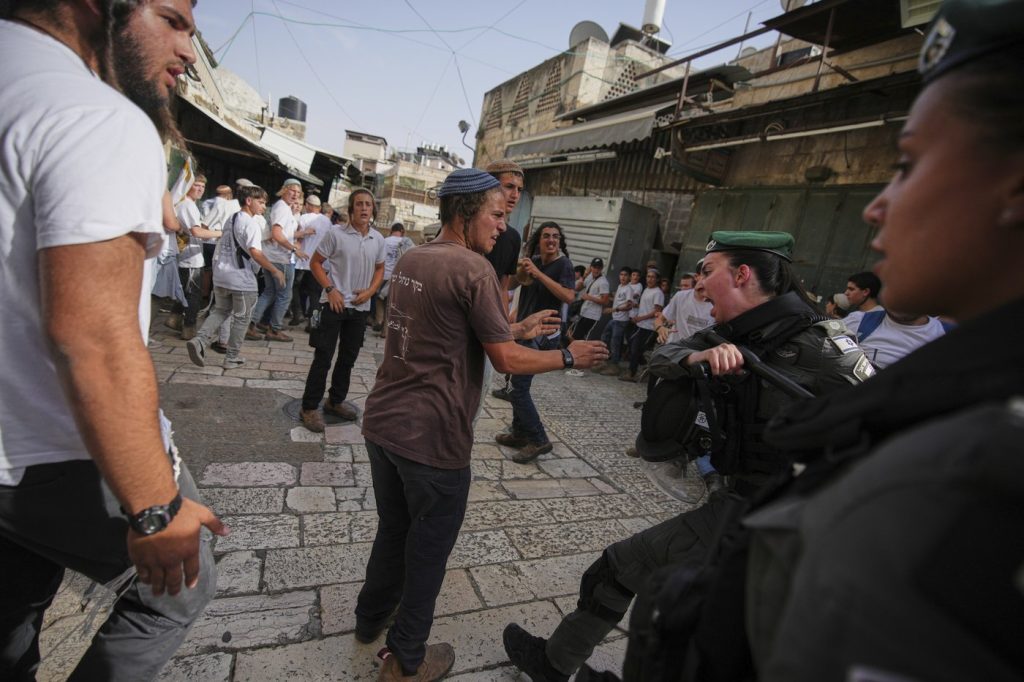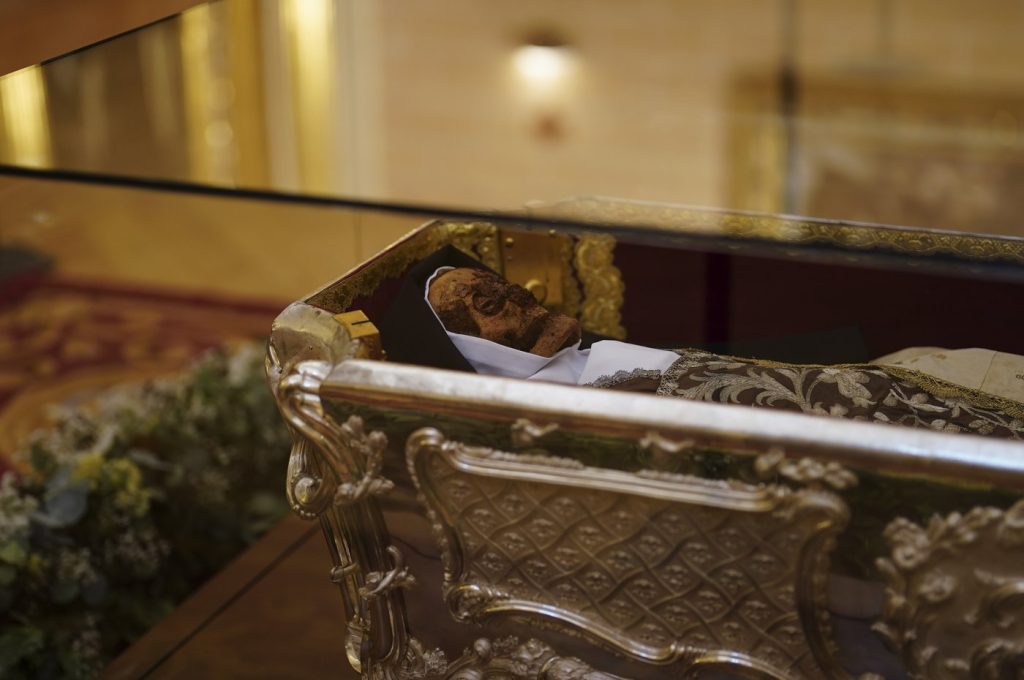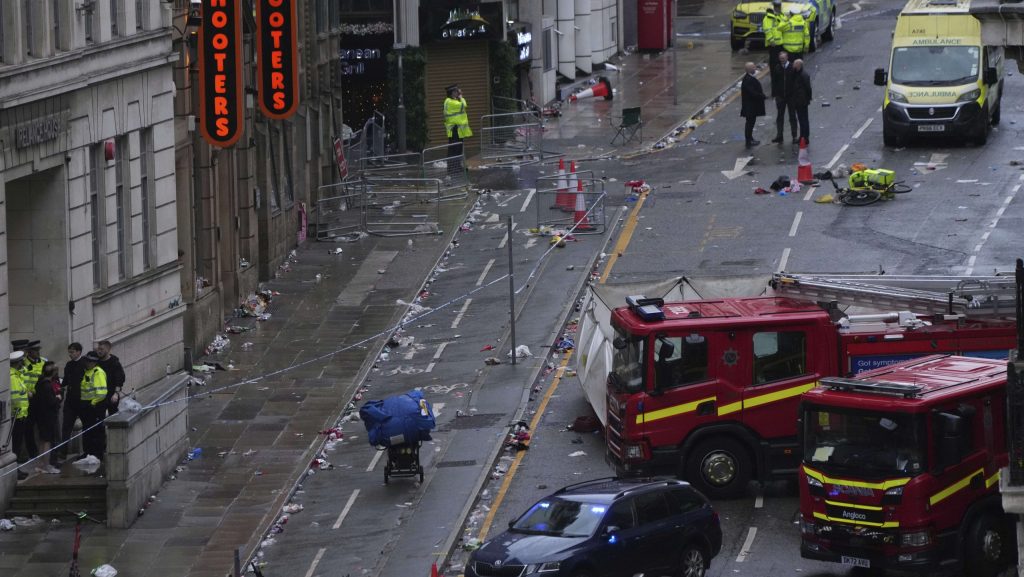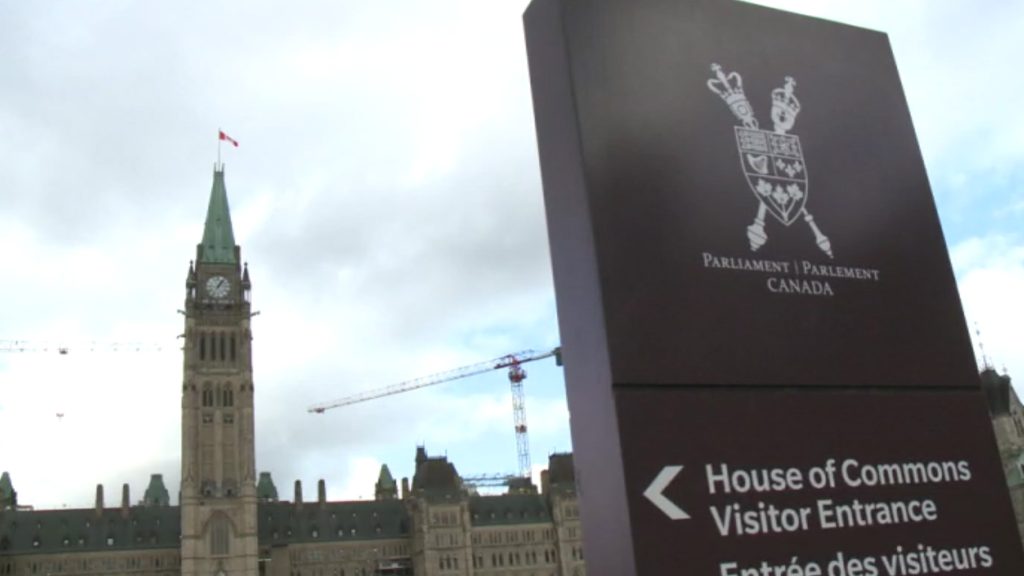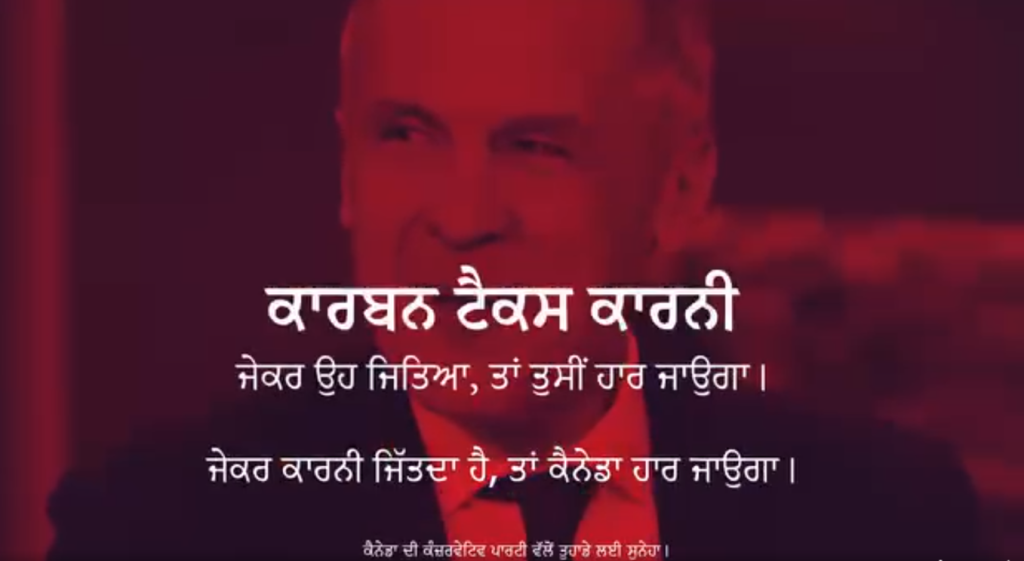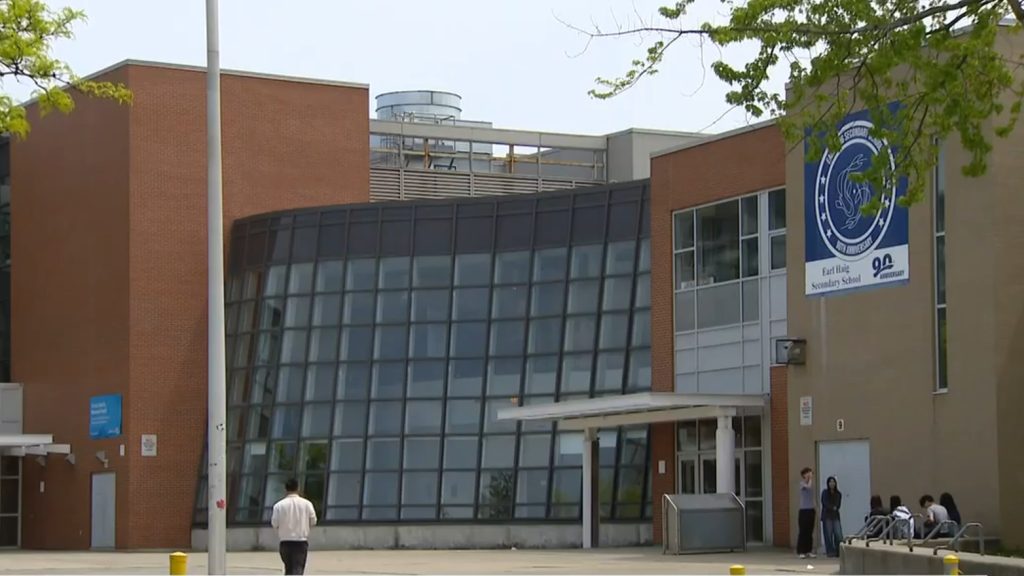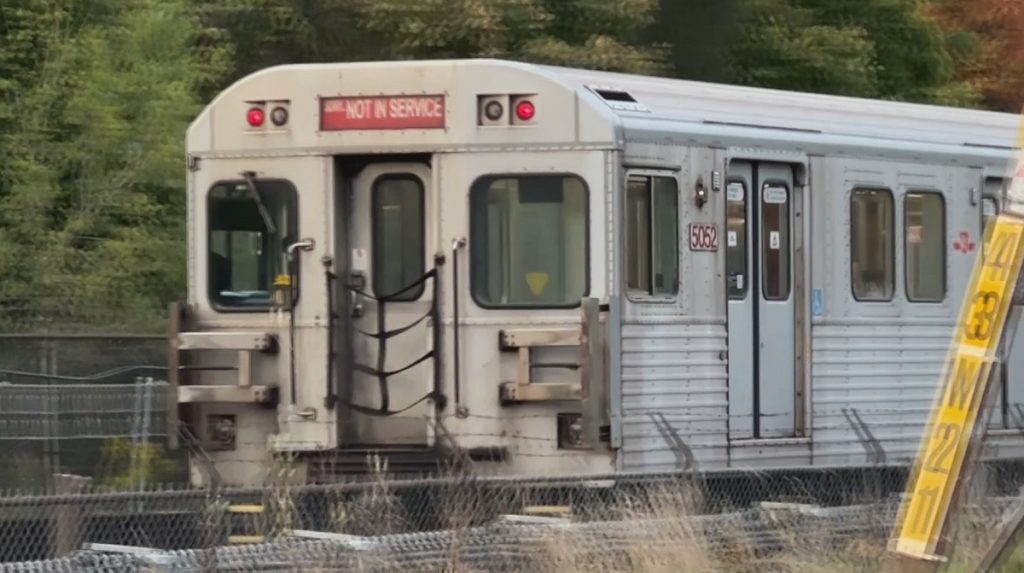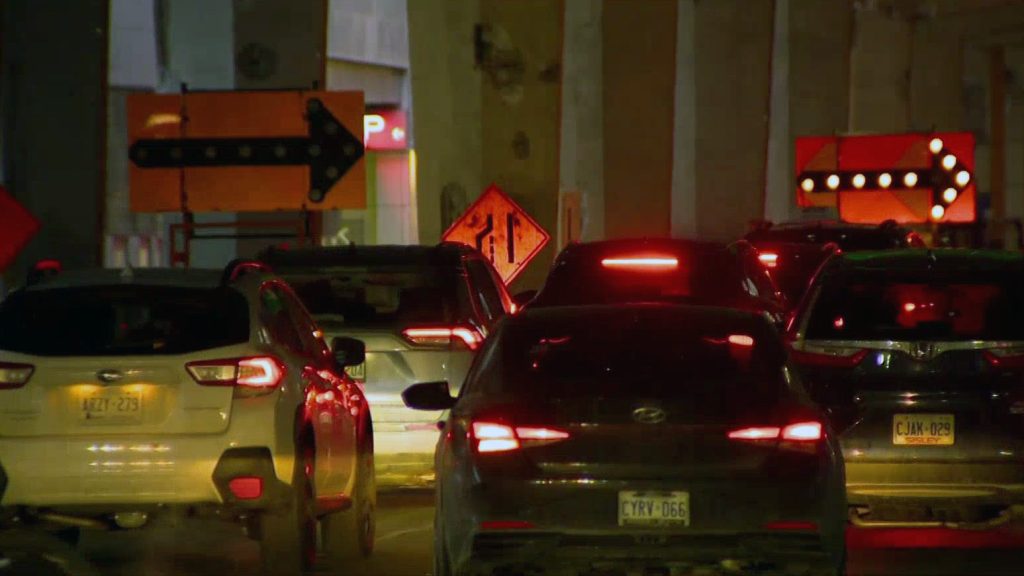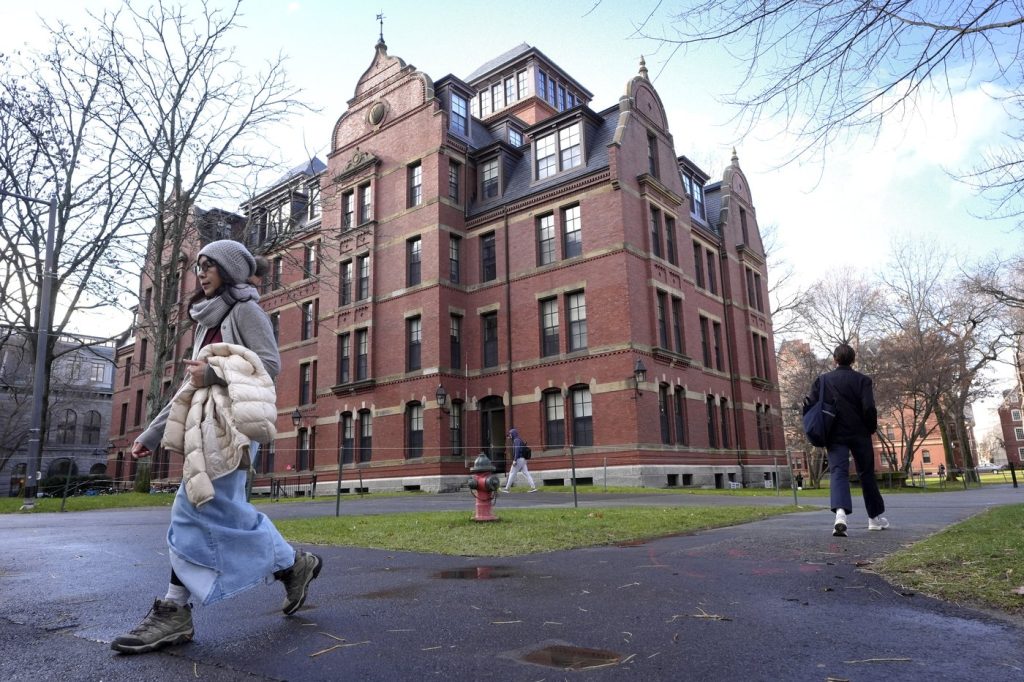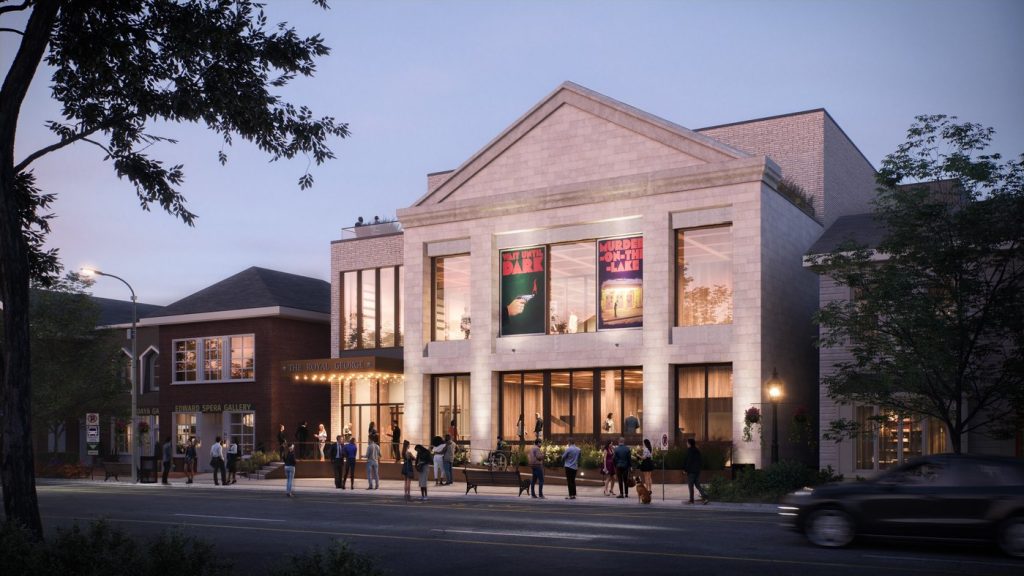On Monday, Jerusalem witnessed a polarizing event as groups of young Israeli Jews marched through the Muslim neighborhoods of the Old City, chanting slogans such as "Death to Arabs" and singing "May your village burn." This annual march commemorates Jerusalem Day, marking Israel's conquest of East Jerusalem during the 1967 Six-Day War. Each year, the event threatens to escalate tensions in a city that has been on edge following nearly 600 days of conflict in Gaza.
The procession, often characterized by ultranationalist sentiments, saw Palestinian shopkeepers closing their businesses early as police lined the alleys in anticipation of the event, which has a history of becoming rowdy and occasionally violent. Police officers were seen celebrating and interacting with marchers, contributing to a charged atmosphere as temperatures reached 98 degrees Fahrenheit (37 degrees Celsius).
Earlier that day, a small group of protesters, including a member of the Israeli parliament, stormed a compound in East Jerusalem belonging to the United Nations Relief and Works Agency (UNRWA), which provides aid to Palestinian refugees. This incident highlights the ongoing tensions surrounding the presence and activities of international organizations in the region.
Jerusalem is a focal point of the Israeli-Palestinian conflict, with both sides viewing the city as integral to their national and religious identities. Israel claims the entirety of Jerusalem as its eternal capital, a position not recognized by the international community. Palestinians seek an independent state with East Jerusalem as its capital. The contrasting narratives around the city fuel ongoing disputes over its status.
In past years, the Jerusalem Day march has led to increased violence, including incidents where ultranationalist Israelis have attacked Palestinian individuals and called for violence. In 2021, for example, the event precipitated an 11-day escalation in hostilities with Gaza. This year, tour buses filled with young ultranationalists arrived from Israeli settlements in the West Bank, further intensifying the atmosphere.
As the march concluded, Arab shopkeepers hurried to clean their storefronts, which had been defaced with stickers proclaiming "Gaza is ours." The police described the event as the "Dance of Flags," claiming to have acted decisively to prevent violence. Meanwhile, Israeli Prime Minister Benjamin Netanyahu reaffirmed his commitment to maintaining a “united, whole Jerusalem,” promising billions in investment for the city’s development.
During the march, there was also a notable increase in the number of Jewish visitors to a contentious religious site in the city, including the Al-Aqsa Mosque and the Dome of the Rock, locations revered by Jews, Muslims, and Christians alike. These visits have historically been a flashpoint for violence, especially following perceived encroachments by Jewish individuals. National Security Minister Itamar Ben-Gvir expressed that the current atmosphere allows for Jewish prayers at such sites, a claim disputed by Palestinian leadership.
Beyond the march, a separate protest occurred at the UNRWA compound, which has been minimally utilized since the organization ceased staff operations there due to safety concerns. Protesters, including lawmakers advocating for the compound's transformation into an Israeli settlement, intensified the dialogue surrounding land and governance in disputed areas of Jerusalem.
The Jerusalem Day event encapsulates the fraught dynamics of Israeli nationalism and Palestinian identity, showcasing the conflict's deeply entrenched nature. The march serves not only as a demonstration of national pride for many Israelis but also as a painful reminder of ongoing strife for Palestinians in the region.
